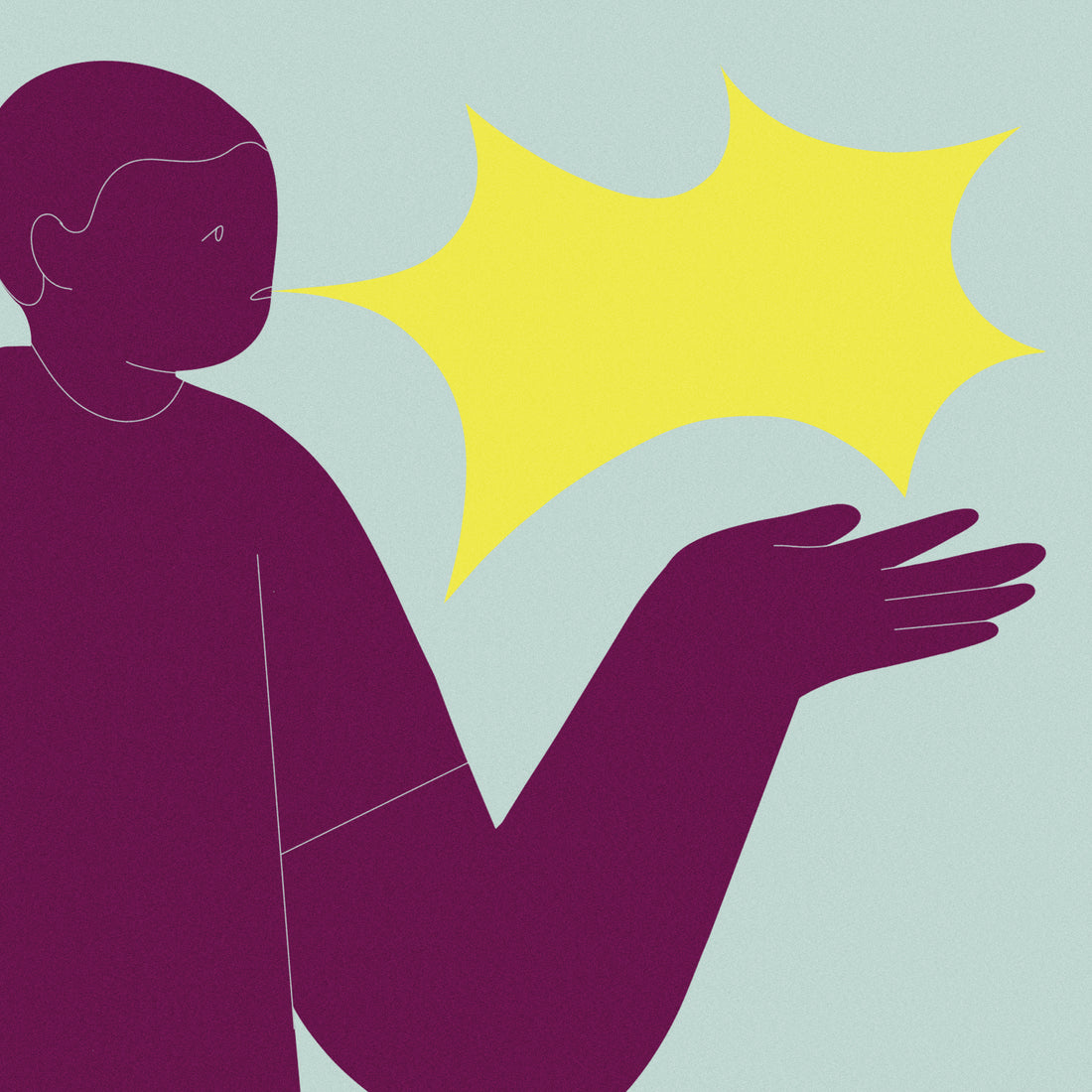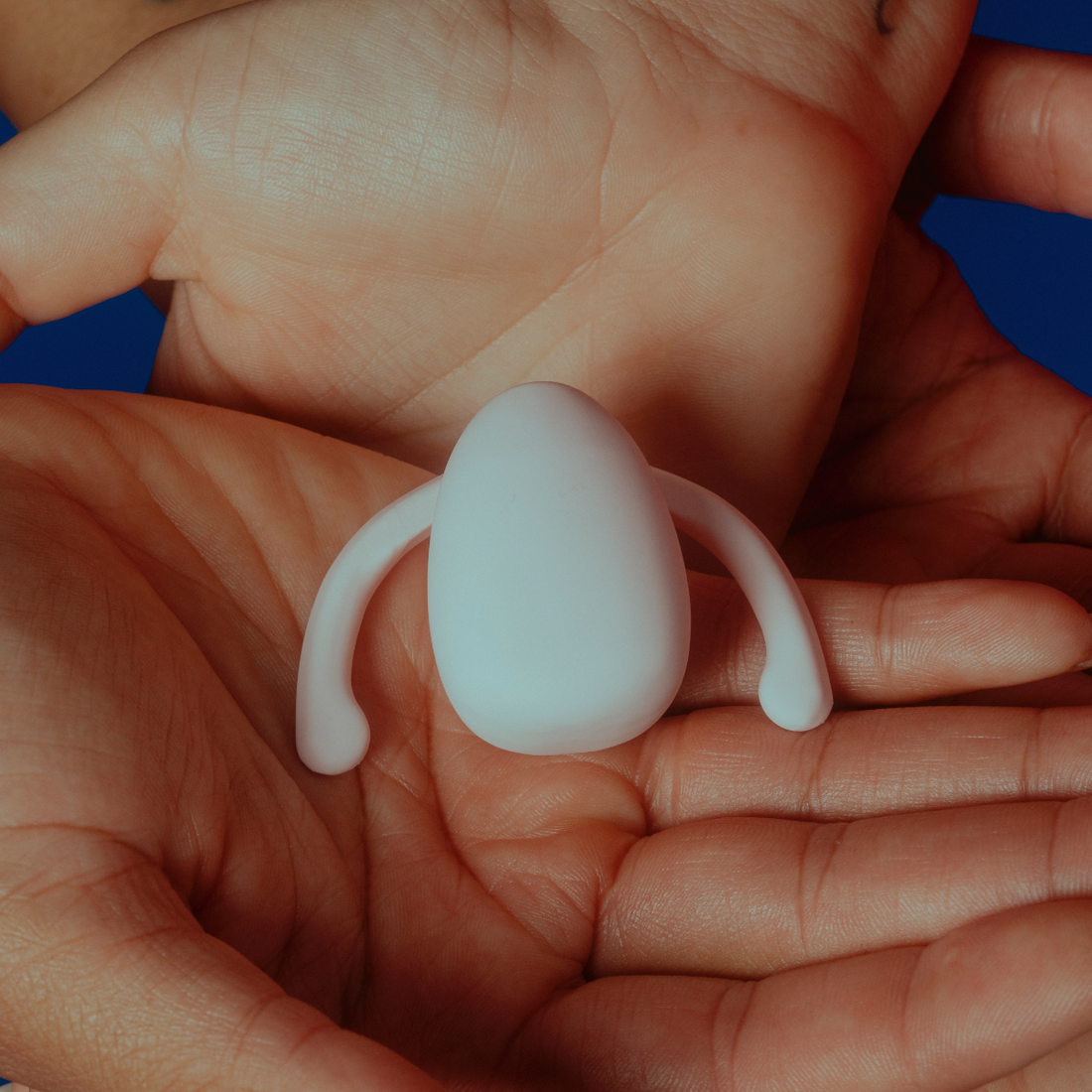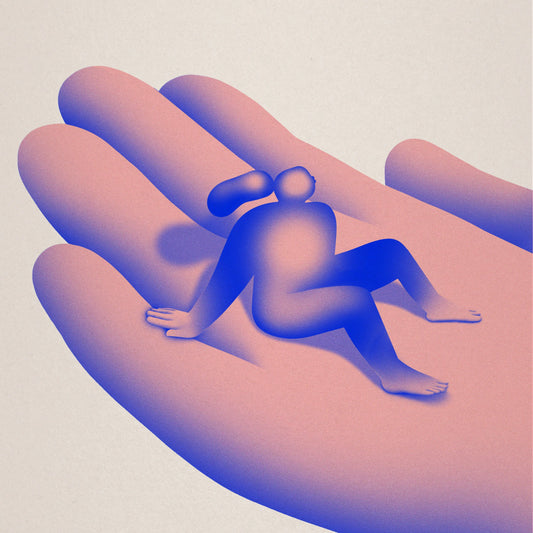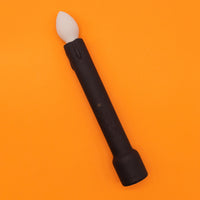If you’re swiping around on the internet, you’ve probably encountered the term “neurodiverse” being used to refer to a lot of different things.
At its core, neurodiversity means that our brains all develop in unique ways — there isn’t one set way that’s considered “normal.” Instead, neurodiversity says that basically, nature loves variation — including in the ways our brains understand, process, and engage with the world.
But if you encounter the word “neurodiverse” online, it’s likely being used as shorthand for a wide variety of things, including autism, ADHD, sensory processing disorder, dyslexia and other learning difficulties, and even OCD.
While those experiences may have some similarities, they’re all quite different. While people might share a label that describes how their brain engages with the world, it doesn’t mean that their experiences are the same as others with that label. People are unique!
In this article, when I say “neurodiverse relationships” I’m talking specifically about autistic-allistic relationships — relationships where at least one partner is autistic and at least one partner is not.
When two people fundamentally engage with the world differently, it can be like having two completely different scripts for how we navigate certain situations — and that is often how it might feel for people in neurodiverse relationships.
Some very basic examples include:
-
At a social gathering, one partner is overwhelmed by the sounds and the warmth of the space. They retreat away from the main group where it’s quieter and cooler. Their partner thinks they’re just not having a good time, and doesn’t see that the atmosphere is overstimulating for them.
-
During a moment of relationship conflict, one partner asks the other how they’re feeling. Suddenly, the other partner gets quiet and doesn’t speak for a long time. They’re taking time to precisely sort and gather their thoughts, but the other partner feels like they’re being shut out.
- One partner is super invested in a specific hobby, and the other likes to participate in it, but doesn’t feel passionately about it. They have another hobby they like more, but their partner isn’t interested in participating in it at all, preferring to do theirs. Both partners feel disconnected, feeling like the other person doesn’t care about their interests.
If you don’t know that you have two different scripts, navigating those moments can be confusing, overwhelming, and lonely for everyone involved, simply because we don’t know how to support each other.
For this article, I spoke with two neurodiverse couples who were in long-term partnerships (Kenny and Taylor, and A and J, who asked to be named by their initials here).
I asked them about how they’ve learned to better understand and support each other, how their perspectives on that have changed over the years, and how they’ve noticed that they navigate the world differently.
While they told me about navigating some challenges, they also told me about how they’ve found delight, connection, and support in their differences.
Here is some of what they shared.
5 Ways to Build Shared Understanding in Autistic-Allistic Relationships
1. Practice mixed-medium communication
In the United States, we put a huge amount of pressure on verbal communication. We prioritize it above all other types of communication, especially in relationships. But verbal communication isn’t the only way to connect.
When I’m teaching sexual communication classes or working with partners who are dealing with an issue in their sex life, I’ll often ask them how they communicate. Then, I’ll ask them if they have an easier, clearer time writing down their thoughts, or if they are more comfortable verbalizing.
Usually, it’s pretty split — one person prefers writing, and the other prefers verbal. Taylor noted that Kenny is “super intentional about communicating and also sometimes has trouble putting his experience into words, which is one of my strengths.”
That difference in preferred communication method doesn’t spell doom for your relationship — it’s a normal part of being human! So embrace it.
This can be especially true for autistic folks who may need some extra time to sort through their feelings and feel like they’re ready to respond. Slowing the process down and using different communication techniques can help avoid miscommunication. As A put it,
“Miscommunication has been notorious in any relationship I've had, the one I have with J is no different. It's very easy for me to be overwhelmed and when it happens, I shut down and become nonverbal to a degree.”
So, if face-to-face conversations just aren’t working for your relationship, try mixing it up. You might try:
- Journaling what you’re thinking
- Texting each other in the same room
- Having a conversation while out for a walk (moving in parallel direction, rather than sitting and face each other, can help alleviate some pressure)
- Passing notes back and forth
And any combination of those! Don’t be afraid to have one person write out their thoughts, pass it to their partner, and have the partner verbally respond. You can continue using the mediums that are most comfortable for each of you until you come up with a system that works well for you and makes space for you both to feel your feelings.
Remember, you aren’t your partner — so you’re never going to 100% understand what something is like for them. And that’s okay! The honest effort to understand and get closer to understanding makes a big difference, and as A shared, “Patience and honest communication are great starting points for any healthy relationship. [...] you may not truly get what your partner is going through or what they're thinking, you can still do your best and get as close to that goal as possible.”
2. When you need time to process, connect.
Both of the couples that I spoke with mentioned that one of the things that was mutually challenging to navigate at first was when someone became nonverbal.
People can become nonverbal for a lot of reasons — overwhelm, trying to think, feeling like there isn’t enough space to get words out, and sometimes because they’re feeling backed into a corner. As Kenny put it, “I can have trouble using my voice and communicating my needs, because I have trouble understanding my needs.”
For the person awaiting a reply, nonverbal periods can also be overwhelming. So, call it what it often is: a sign that someone needs space, time, or to change activities. We each process information and our own emotions in different ways, and meshing those needs in a relationship can be uniquely challenging, especially in conflict.
Taylor shared that when she and Kenny are in conflict “It can be hard to feel connected [...when] he can't make eye contact or feels overwhelmed, but we have found other ways to connect like physical touch or verbal affirmations.”
In relationships, we build a new language together. That language might include nonverbal cues, too. If nonverbal moments feel like a sticking point in your relationship, come up with a system to non-verbally tell each other “I’m here, I care about you, and I need some time to process.”
3. Manage overstimulation during sex
While your senses can provide high levels of sexual pleasure, they can sometimes be flooded with stimulation — and when that happens, it can be quite overwhelming.
Overstimulation can lead some folks to need to shut down, stim, or do other things to reset their nervous system.
Overstimulation can mean a lot of different things. Let’s take bodily fluids as an example. For some people, the feeling of bodily fluids or lubricants might lead them to intensely feel all other sensations — or, it might lead them to only be able to feel where the fluid is, rather than the rest of what’s going on.
Both situations can be overwhelming and can take you out of the moment. That being said, becoming overstimulated doesn’t have to be the end of sex — it might just be a sign to take an intermission.
Remember, it’s totally okay to modify your sex life to fit your needs and comfort. Does the feeling of sweaty sheets make the inside of your head hurt? Try laying down a quick-drying towel before getting physical. Do bright lights make touch feel “loud”? Try dimming them or using a blindfold.
Pay attention to which of your senses tends to get flooded (and how) and come up with a plan to alleviate the strain. Make sure to talk with your partners about it so they’re on the same page, too.
And just to say it, becoming overstimulated can happen after sex is over, too. One of the couples I spoke with mentioned that when their autistic partner orgasmed, he sometimes needed a minute “to stim and get all the shakes out.”
We all experience our senses and pleasure differently, so get to know each other and embrace the characteristics that build your pleasure landscapes.
4. Take time to learn from others (and each other)
Let’s be real: it can take us a long time to figure out ourselves, let alone other people. Thanks to the rom-com industry, many of us believe that if we’re meant to be together, we’ll just instantly get each other.
And sure, sometimes, you’ll meet someone and you’ll quickly feel like you’re on the same wavelength. But for the most part, it’s the process of learning about each other (and ourselves) that brings us closer together — and that can be magnified when we see the world through different lenses.
For example, Kenny and Taylor both talked about how parallel play has helped them learn more about each other’s interests.
Kenny also shared that “Doing a routine helps me to understand my partner in a more tangible way than just talking because I learn better in practice than in theory. Parallel play helps me to understand how my partner decompresses and relaxes, which helps me understand what she needs.”
When we make space for it, our partners will show us how they want to be loved and cared for — and we can show them how we want to be loved and cared for.
If you’re an allistic partner of an autistic person, take the time to learn about autism not just generally, but also how it specifically affects your partner. How do they mask? What stims or activities help to ground them? What things overload them?
Sometimes, just naming the framework can be helpful. J told me that “having a name for what we experience so we can do our own research into understanding (while also receiving mental healthcare) has been the biggest game changer.”
So, make the time to intentionally learn — both from what your partner shares with you themselves, but also from external sources who can offer you support and guidance.
5. Prioritize patience over quick resolutions
When someone is in emotional distress, rushing toward a solution rarely brings that solution any closer. Regardless, many of us instinctively try to “fix it” as quickly as possible — even when we know that it might make the distress bigger.
The solution? Take a breath, make some space, and slow it down.
Just to say it — this is a helpful tip for any type of relationship regardless of who is in it. Slowing down allows us space to truly feel our feelings, consider what we need, and communicate that to our partners. Otherwise, we may feel rushed to give answers that we don’t yet have, and that can lead to bigger challenges moving forward.
This can be especially important when our partners take a longer time to process things or gather their feelings than we do. Taylor shared that she often tries “to take the lead and ‘fix’ [Kenny’s] struggle, which leads to him feeling bulldozed. He's perfectly capable and just needs more time and space than I do for some of the same things.”
As urgent as it might feel to have the right answer in that exact moment, giving space can help you find a more true and supportive answer, rather than simply a quick one.
As J put it,
“Give each other a break [while making] sure you save time for each other. Time spent together in understanding each other is the glue.”
I couldn’t have said it better myself, so I’ll leave it at that.















































